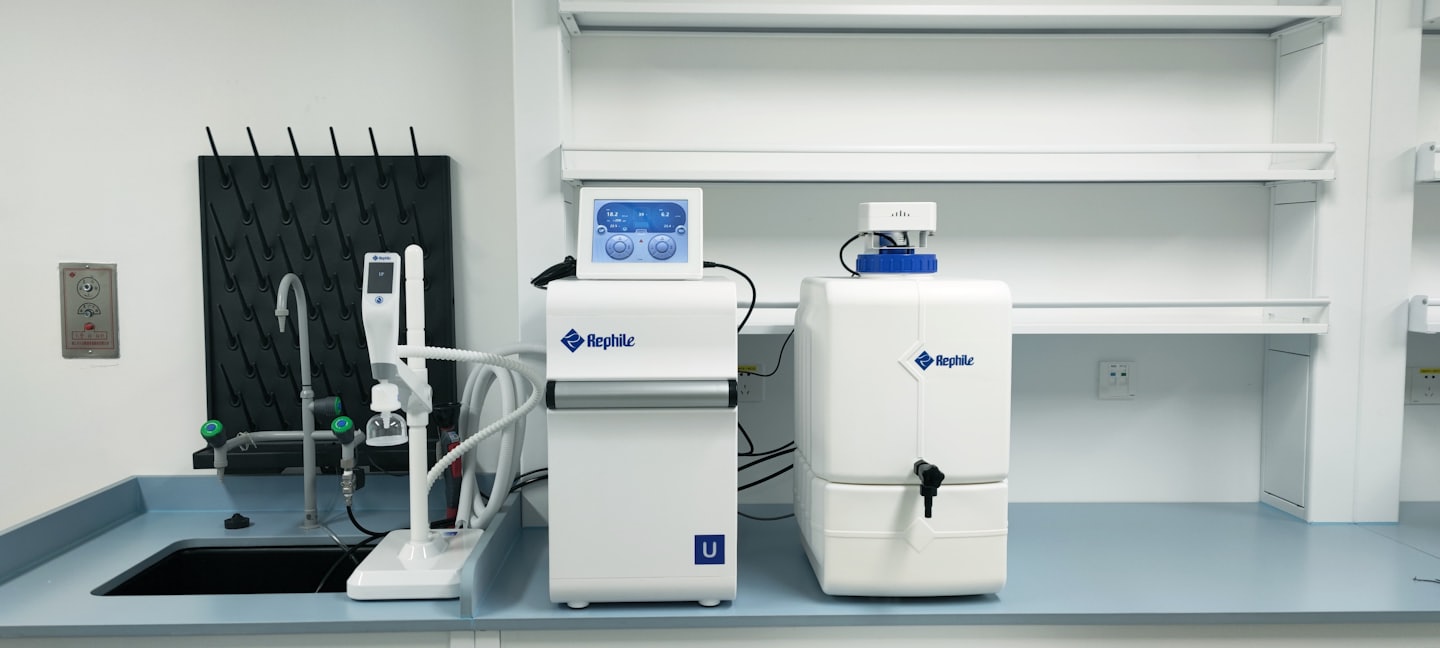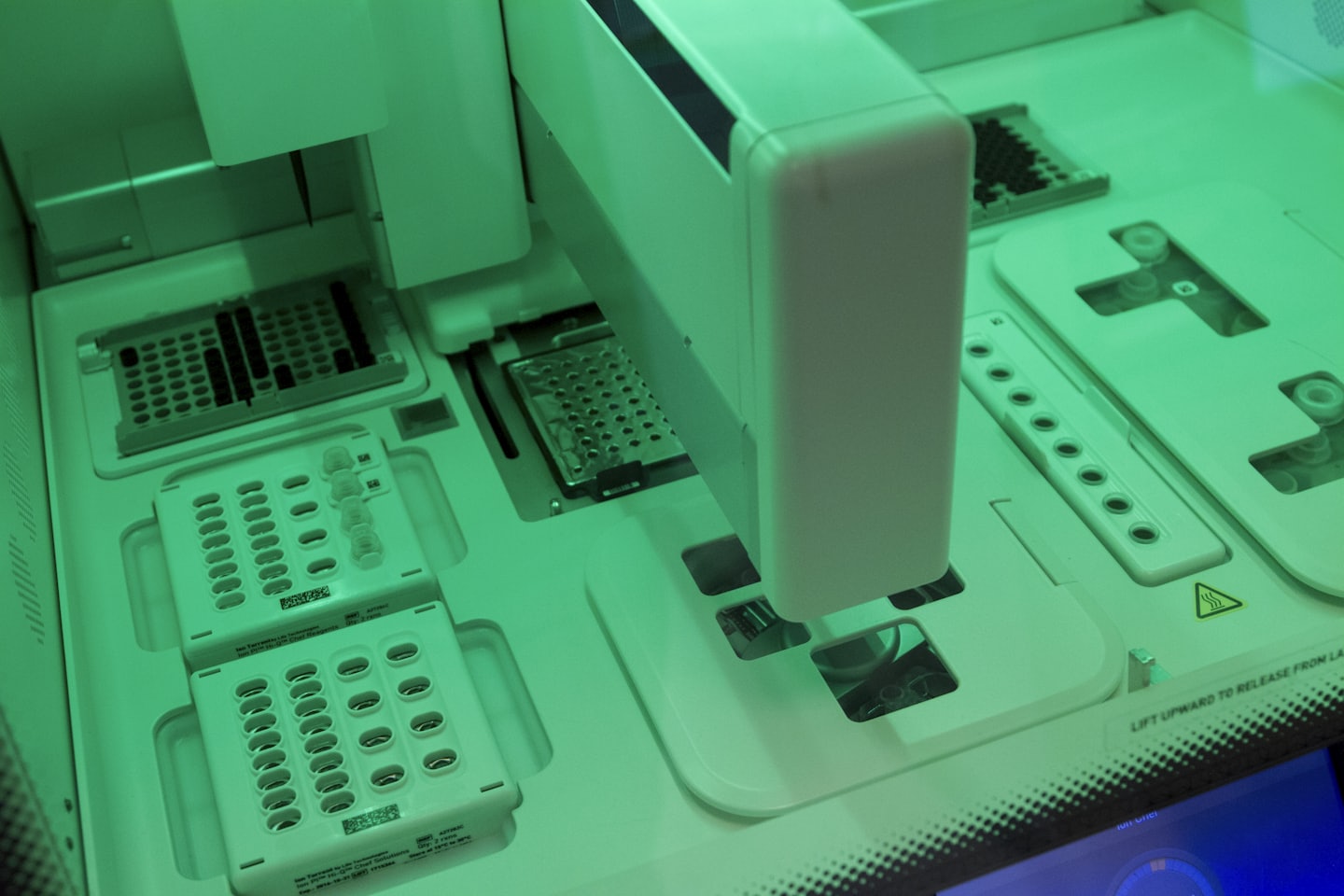Challenges and Opportunities in Biotech Development
How Collaboration, Tokenization, and Innovation Are Reshaping the Future of Bioprinting and Beyond
🧬 Introduction: A Revolution with Growing Pains
The biotechnology sector stands on the brink of one of the greatest transformations in human history.
From 3D bioprinting and gene editing to AI-assisted drug design and synthetic biology, the tools of creation are becoming as accessible as the tools of computation once were.
Yet with every revolution comes resistance — and biotechnology faces a complex intersection of ethical, financial, regulatory, and technological challenges.
Across this rapidly evolving frontier, leaders like the Association of 3D Printing, 3D Printing Channel, 3D Printing Ventures, and the 3D Printing Coin ($3DP) are working to address these issues through collaboration, education, and decentralized innovation.
Their combined efforts signal a new age of biotech development — one that’s not just about making life, but making it sustainable, accessible, and transparent.
⚙️ The Duality of Biotech Progress
Biotech is paradoxical: it’s both the most promising and the most challenging field of the 21st century.
Every advance in bioprinting, genomics, or regenerative medicine brings society closer to solving fundamental human problems — yet also exposes new layers of complexity.
Key Opportunities:
-
Creating living tissues and organs through 3D bioprinting.
-
Using AI to predict molecular interactions and design custom therapies.
-
Leveraging blockchain to ensure transparent, ethical research collaboration.
-
Enabling decentralized, tokenized funding through tools like $3DP.
Key Challenges:
-
Navigating fragmented regulatory systems.
-
Securing consistent funding for long-term R&D.
-
Addressing global inequality in access to biotech innovations.
-
Balancing intellectual property rights with open science principles.
This constant tension — between innovation and governance, openness and control — defines the future of biotech development.
🧫 Regulatory Challenges: Innovation vs. Oversight
Biotechnology advances faster than the systems designed to regulate it.
Governments struggle to adapt frameworks for products that blur the line between biology and technology — such as 3D-printed tissues or AI-engineered cells.
Key regulatory hurdles include:
-
Approval Pathways: Existing FDA and EMA protocols were built for drugs, not dynamic living tissues.
-
Quality Assurance: Standardizing reproducibility for bioprinted structures remains complex.
-
Bioethics: Managing issues like genetic ownership, cross-species research, and human-tissue trade.
-
Data Governance: Protecting patient genomic data in the era of AI and blockchain.
Organizations like the Association of 3D Printing are helping bridge these gaps by creating industry standards, educational frameworks, and ethical guidelines for the growing bioprinting community.
Their efforts promote responsible innovation — enabling regulators and creators to work from a common blueprint.
“The future of biotech depends not on control, but on collaboration between innovators and institutions.”
— Association of 3D Printing Mission Statement
💰 Funding the Future: From Venture Capital to Tokenization
Perhaps the greatest barrier to biotech development is funding.
Traditional venture capital struggles with the long timelines and regulatory uncertainty that biotech requires.
That’s where decentralized models are emerging — redefining how research and innovation are financed.
3D Printing Ventures:
Through 3D Printing Ventures, capital meets creativity.
The firm’s model unites startups, researchers, and investors through cross-disciplinary incubation — accelerating ideas that connect bioprinting, AI, robotics, and blockchain.
It funds not only companies, but also educational programs and proof-of-concept labs, ensuring sustainable growth for the next generation of innovators.
$3DP — Tokenizing Research & Collaboration:
The 3D Printing Coin ($3DP) extends this mission by introducing a tokenized ecosystem for funding, rewarding, and governing innovation.
With $3DP, researchers can:
-
Receive micro-grants for open-source projects.
-
Tokenize their intellectual property through blockchain.
-
Earn rewards for verified contributions to the scientific commons.
This creates a DeSci (Decentralized Science) model where the community — not just venture capitalists — supports the global biotech movement.
“$3DP bridges the gap between discovery and deployment — empowering scientists to focus on progress, not paperwork.”
— Rich Benvin, Founder, 3D Printing Ventures and 3DP Ecosystem


📡 The Knowledge Gap: Education and Public Awareness
The success of biotech hinges not only on technology, but also on understanding.
Without broad public literacy in bioprinting, gene therapy, and synthetic biology, progress risks becoming elitist — controlled by a handful of institutions.
This is where 3D Printing Channel plays a vital role.
Through video series, expert interviews, and multimedia education, it translates complex topics like tissue engineering and bioprinting ethics into content that students, investors, and policymakers can grasp.
From “How to Start a Bioprinting Lab” to “AI in Drug Discovery,” the Channel is building the world’s most accessible library of biotech literacy — turning curiosity into capability.
🤖 Technology Integration: The Convergence of Disciplines
One of biotech’s greatest opportunities — and challenges — lies in its interdisciplinary nature.
The convergence of 3D printing, AI, quantum computing, and blockchain is creating entirely new categories of innovation.
Emerging Frontiers:
-
AI-Driven Bioprinting: Using machine learning to model complex tissue behavior.
-
Blockchain Bio-IP: Securing DNA data and research patents through immutable ledgers.
-
Quantum-Enhanced Drug Discovery: Simulating protein folding and molecular bonding beyond classical computing capabilities.
-
Smart Materials: Designing bioresponsive scaffolds that adapt in real time to their environment.
This convergence is not hypothetical — it’s the blueprint for Industry 5.0, where human creativity and machine intelligence co-create living systems.
🌍 Global Collaboration and Ethical Imperatives
Biotech is inherently global — diseases, genetics, and ecosystems transcend borders.
To ensure progress benefits all, collaboration must be decentralized and ethical.
The Association of 3D Printing and 3D Printing Ventures have been instrumental in building international bridges:
-
Connecting academic institutions with private industry.
-
Hosting forums and think tanks for bioethics and sustainability.
-
Advocating for open innovation frameworks supported by $3DP funding pools.
Ethical biotech isn’t a limitation — it’s a long-term strategy.
Transparency, verified data, and equitable access are what will turn today’s breakthroughs into tomorrow’s trusted healthcare solutions.
💡 Opportunities Ahead: The Rise of the Bio-Economy
Despite its challenges, the outlook for biotechnology is profoundly optimistic.
The global bio-economy is projected to exceed $2 trillion by 2035, with bioprinting at its core — from regenerative medicine and drug discovery to sustainable food and tissue manufacturing.
Opportunities include:
-
Personalized organ printing and regenerative care.
-
AI-driven diagnostics and drug testing.
-
Tokenized investment in biotech startups via $3DP.
-
Cross-disciplinary education via the 3D Printing Channel and Association of 3D Printing.
Together, these forces will democratize biotech — turning it from an elite science into a global movement of creators, educators, and investors.
🚀 Conclusion: The Path Forward
The challenges of biotech development — regulation, funding, ethics, and access — are immense.
But so are the opportunities.
By combining the educational power of the 3D Printing Channel,
the collaborative standards of the Association of 3D Printing,
the investment vision of 3D Printing Ventures,
and the decentralized financial infrastructure of 3D Printing Coin ($3DP) —
we can build a sustainable, transparent, and inclusive future for biotechnology.
The next wave of medical miracles won’t come from isolated labs.
It will come from connected ecosystems — where science, technology, and human values grow together.
“The future of biotech isn’t locked behind walls. It’s open-source, tokenized, and shared with the world.”
— Bioprinting World Manifesto


Leave a Reply